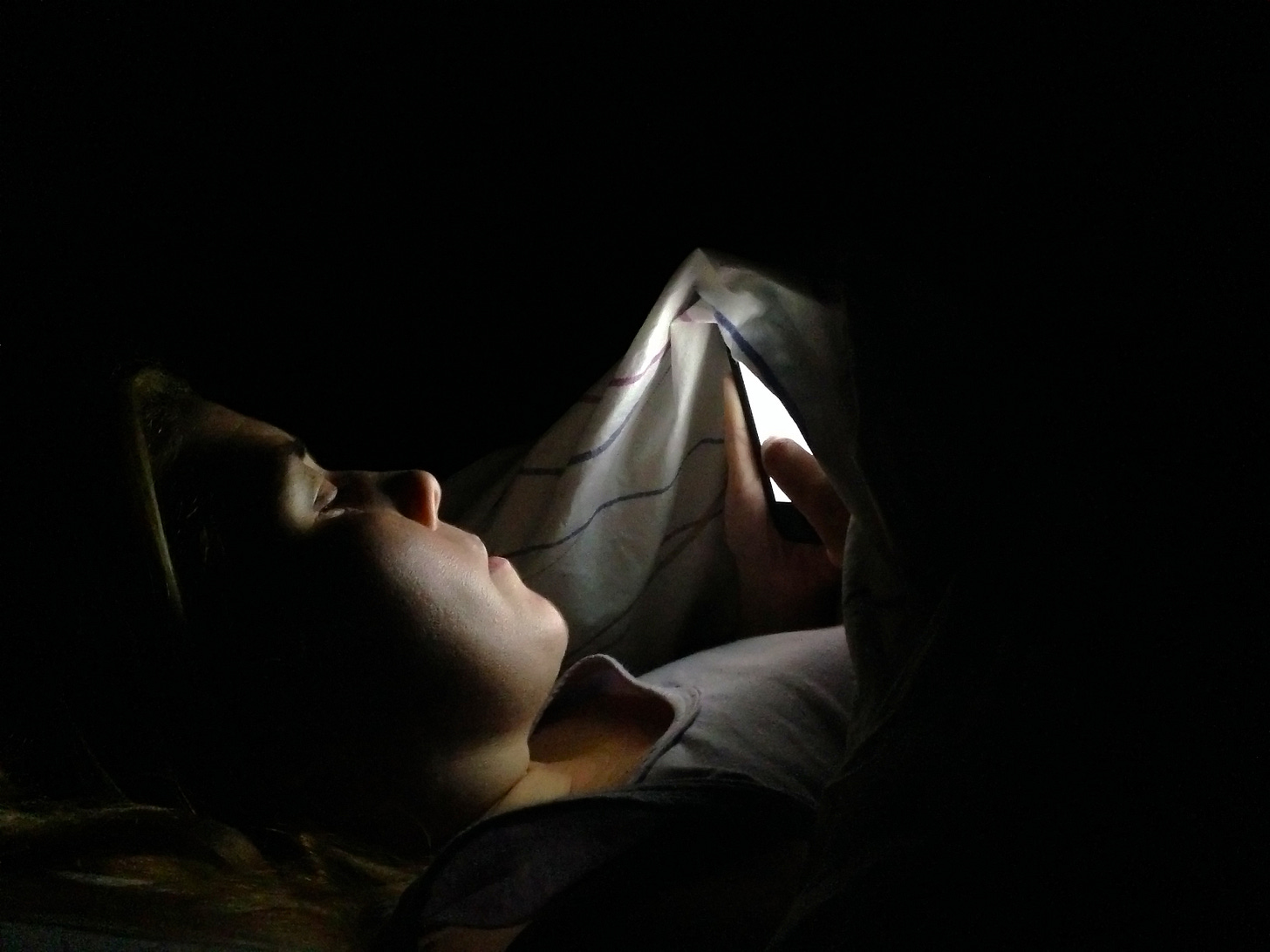I could watch TikTok for 10 hours a day
When does a bad habit become a policy problem?
For most of my life, I didn’t really understand addiction. I could drink coffee every day for a month and then stop cold turkey without feeling any negative side effects. I could go out to the bar on Friday, Saturday, and Sunday and then feel no urge to even take a sip of wine. Even weed, which I’ve watched many people in my life turn from a social pastime to a nightly habit, couldn’t find a hold on me.
But then in 2020, stuck inside during the pandemic, I downloaded TikTok.
The internet is full of people complaining about how much they wish they could get off their phones, so for a while, I thought my scrolling was normal. Surely, other people were only sleeping a couple of hours a night because they got “stuck” staring at hours and hours of short-form videos? It wasn’t weird or even that bad that I couldn’t ride the bus, shower, walk my dogs, or even watch TV without also scrolling through 10-, 30-, or 60-second clips? Sure, there were some days where my screen time stats recorded more than 10 hours on TikTok.1
But this was normal, right?
It probably wasn’t normal. I couldn’t find a definitive study showing how many users match my copious TikTok consumption. But while some suggestive evidence indicates that a few teens and power users regularly achieved the Demsas equilibrium,2 this was clearly not typical:
In a Gallup survey from 2023, teens reported spending on average roughly two hours a day on Youtube, one and a half hours a day on TikTok, and an hour on Instagram. Fifty-one percent of teens said they spent at least four hours a day on social media.
The Washington Post asked followers of its own TikTok account to donate their data to its research efforts (obviously huge selection issues but bear with me). Among more than 800 Americans that participated beginning in April 2024, the Post compared “occasional users” and “power users” to see how their usage changed. Occasional users were watching from 32 minutes a day on average at the beginning of the study while “power users” clocked 4.5 hours on average.
Though my experience is probably not representative, I have much in common with my slightly less-addicted shorts-maxxers. As one TikTok executive said, “I think we need to be cognizant of what [the TikTok algorithm] might mean for other opportunities. And when I say other opportunities, I literally mean sleep, and eating, and moving around the room, and looking at somebody in the eyes.”
The usual step here — for right- and left-leaning commentators alike — would be to excoriate social media companies for their behavior and demand some sort of government intervention. And while I’m open to some of the ideas being bandied about, I’m not sure this rises to the level of a policy problem.
Keep reading with a 7-day free trial
Subscribe to The Argument to keep reading this post and get 7 days of free access to the full post archives.



